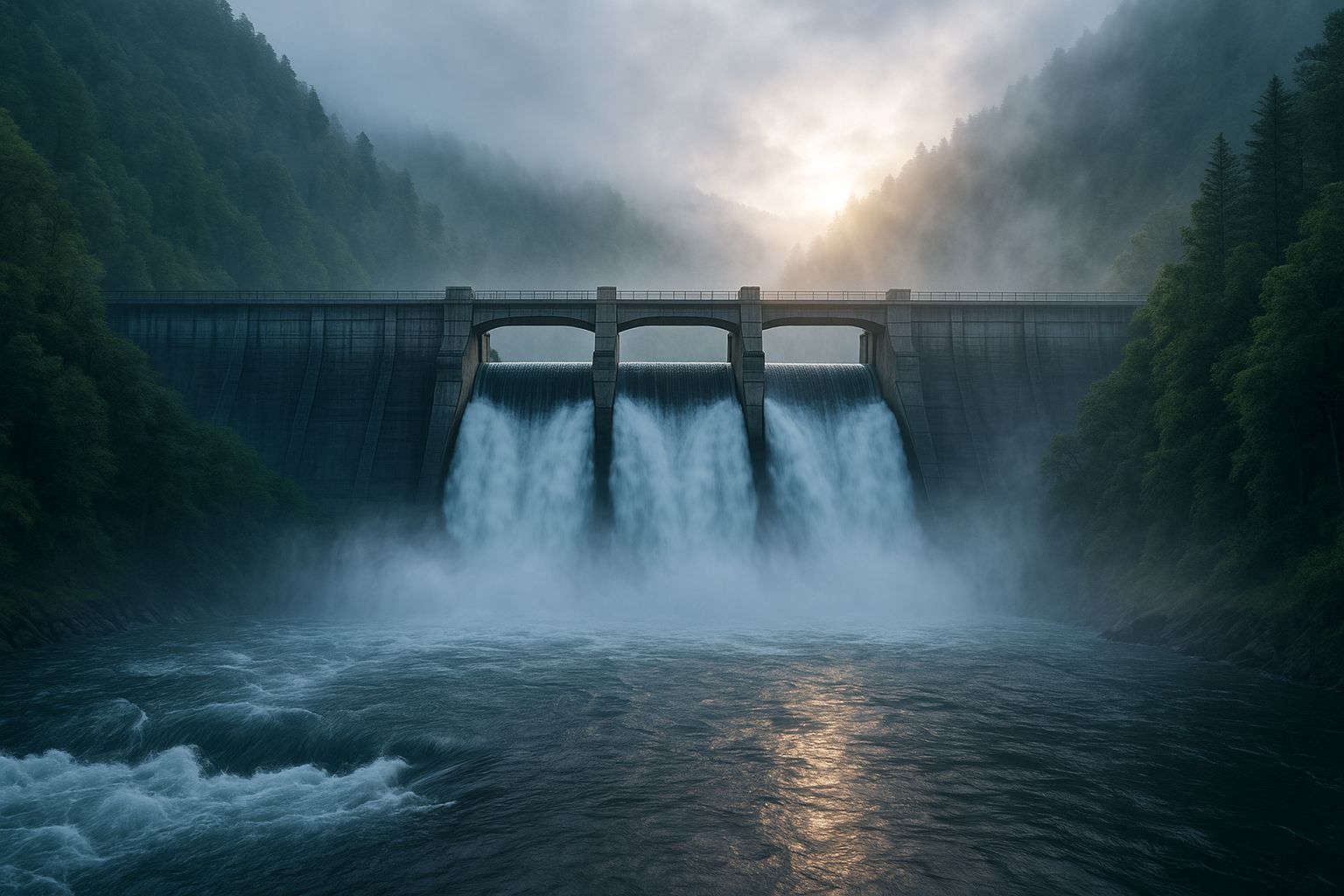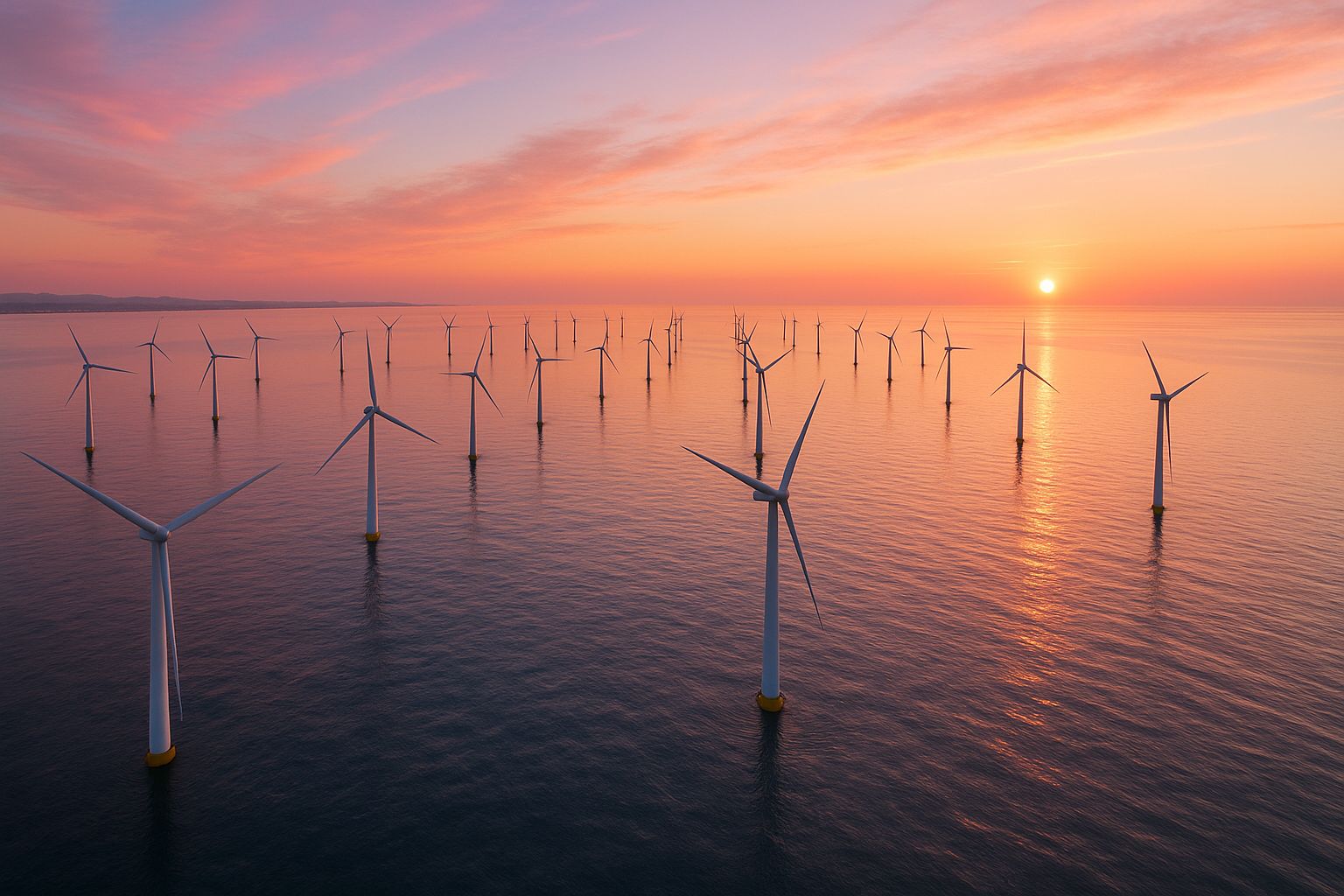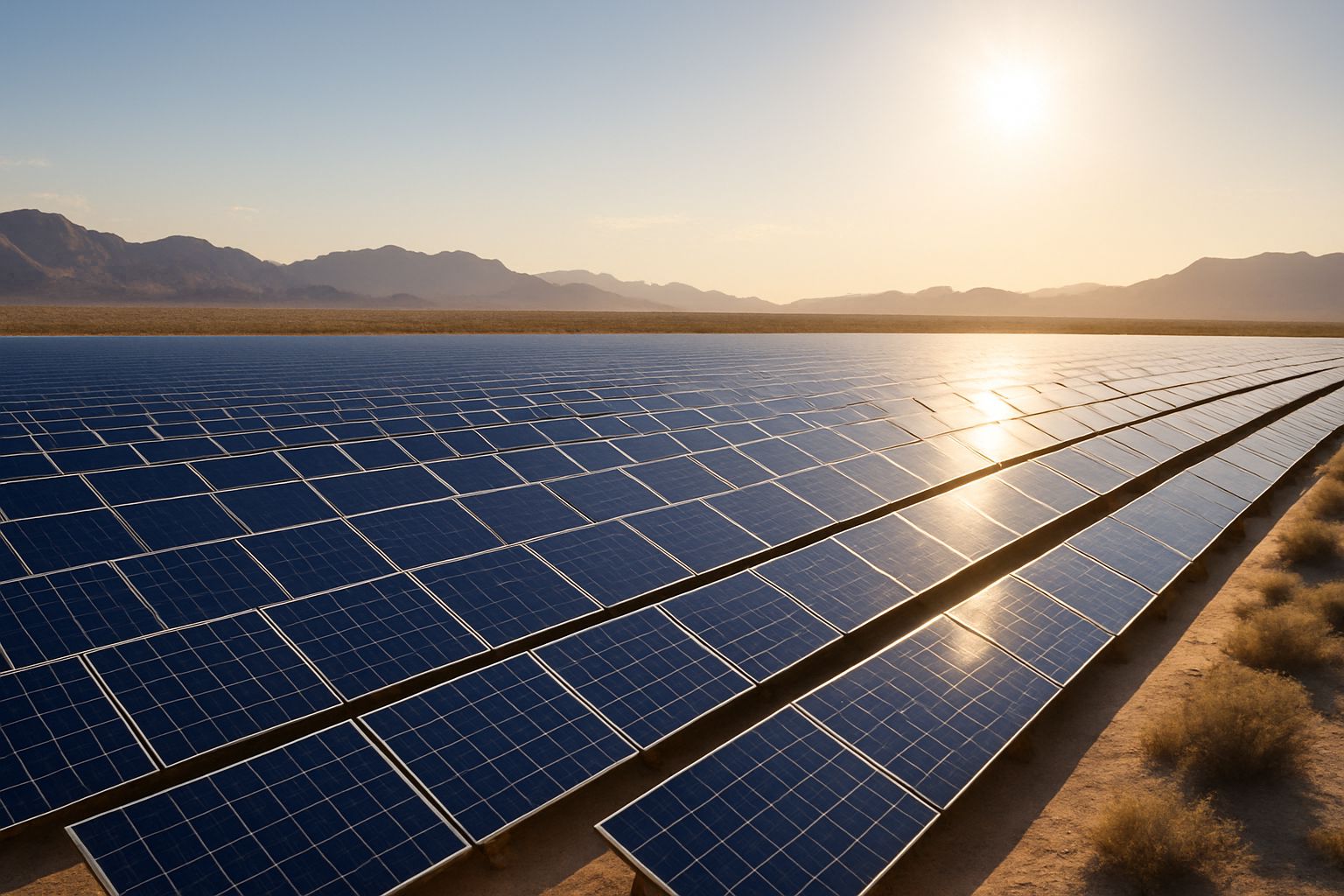- Green Glow
- Posts
- 🌱 How Renewable Energy Became the World’s Largest Source of Electricity 🚀🔆
🌱 How Renewable Energy Became the World’s Largest Source of Electricity 🚀🔆
Renewable energy has overtaken coal as the world’s biggest electricity source. Discover how solar, wind, and innovation are reshaping the global energy landscape.
In a landmark moment for global energy, renewable power sources have officially surpassed coal as the world’s largest source of electricity generation. This shift marks the beginning of a new energy era — one driven not by fossil fuels, but by the sun, wind, and innovation.
According to data from the energy think tank Ember, the first half of 2025 saw renewables produce more electricity worldwide than coal for the first time in history. Solar and wind were the biggest contributors, with China and India leading the surge.
Table of Contents

The Numbers Behind the Transition
Global Clean Energy Growth
Solar and wind generation grew at record pace — solar output alone increased by over 30% year-on-year, while wind generation rose by nearly 8%. Together, they supplied nearly half of the total global increase in electricity demand.
Coal’s Decline Begins
Coal, long considered the backbone of global power, saw its share of electricity generation fall below 35%. High operating costs, environmental restrictions, and cheap renewable alternatives are steadily eroding its dominance.
Regional Drivers
Asia leads the charge: China and India added massive renewable capacity, outpacing demand growth.
Europe and the U.S. show mixed trends: While many European nations hit new renewable records, weaker wind conditions and policy changes in the U.S. slowed progress.
Developing markets catching up: Africa and Latin America are accelerating renewable adoption thanks to falling solar costs and foreign investment.
Why Renewables Are Winning
1. Falling Costs
Over the past decade, the cost of solar power has fallen by 80% and wind by nearly 60%. Renewables are now the cheapest source of new electricity generation in most of the world.
2. Policy and Regulation
Governments are increasingly supporting clean energy with tax incentives, green financing, and net-zero targets. The European Union’s “Green Deal,” the U.S. Inflation Reduction Act, and China’s renewable auctions have all accelerated the transition.
3. Technological Advances
Modern solar panels are more efficient, wind turbines are larger and more durable, and energy storage systems (like lithium-ion and solid-state batteries) are making intermittent renewables more reliable.
4. Consumer and Corporate Demand
Consumers are demanding sustainable energy — and corporations are listening. Tech giants, airlines, and hotel chains are signing renewable power purchase agreements (PPAs) to meet sustainability goals and hedge against volatile fossil fuel prices.
The Role of Developing Nations
While Europe pioneered early renewable adoption, Asia is now the powerhouse of clean energy expansion.
China accounts for over half of global solar additions.
India is rapidly electrifying rural areas with off-grid solar systems.
Vietnam, Brazil, and South Africa are emerging as renewable hubs with growing local industries and international investment.
These nations are not only meeting domestic demand but also shaping the global renewable supply chain, manufacturing panels, turbines, and batteries that fuel the world’s clean energy revolution.

Challenges Ahead
Grid Reliability
Intermittency remains a challenge — solar and wind depend on weather conditions. Countries must invest in energy storage, smarter grids, and interregional power sharing to ensure reliability.
Policy Consistency
Political shifts can stall progress. The rollback of green incentives or protectionist policies could slow renewable deployment in key markets.
Equity and Access
Many developing nations still face financing barriers. Bridging this gap through international cooperation and private investment is essential to making the energy transition truly global.
Implications for Business and Travel
As renewables dominate the energy mix, industries like travel, tourism, and hospitality will experience new opportunities:
Hotels and resorts can operate on clean electricity, cutting long-term costs and enhancing sustainability branding.
Airlines and airports will increasingly electrify ground operations.
Tourists will prefer destinations that embrace green power and responsible development.
Clean energy is no longer a luxury — it’s becoming the foundation of business resilience and global competitiveness.

Conclusion
The fact that renewables now generate more electricity than coal is more than a symbolic victory — it’s a turning point for humanity’s energy story. What was once a dream of environmentalists has become an economic reality.
The future grid will be decentralized, digital, and decarbonized. With continuous innovation and cooperation, renewable energy will not just power our homes and industries — it will power our progress toward a sustainable planet.
FAQs
When did renewable energy become the world’s largest source of electricity?
In the first half of 2025, renewable sources — primarily solar and wind — generated more electricity globally than coal for the first time in history, marking a major turning point in the global energy transition.
What are the main types of renewable energy driving this shift?
The leading renewable sources are solar and wind power, followed by hydropower and bioenergy. Solar and wind have experienced the fastest growth due to falling costs and global investments.
Why is renewable energy growing faster than fossil fuels?
Renewables are expanding rapidly because of declining technology costs, government incentives, and increased corporate demand for clean power. Many countries are also phasing out coal to meet climate targets.
Which countries are leading the renewable energy transition?
China and India are leading global renewable expansion, while Europe continues to pioneer clean energy policy. The U.S., Brazil, and Vietnam are also seeing major growth in solar and wind projects.
What challenges does renewable energy still face?
The main challenges include energy storage, grid reliability, and policy consistency. Since solar and wind are intermittent, nations need advanced grids and storage solutions to maintain stable power supply.
You May Also Like
External Links
Nearly 40% of the world’s glaciers are already doomed, scientists say
‘Like touching climate change’: glaciers reveal records of the way the world was
Climate change adds extra month of extreme heat for 4bn people: Report
Climate change and drought slash migratory bird numbers in Sindh
UK's muddy saltmarshes vital to tackle climate change, report finds
Follow Us:
X: https://www.x.com/greenglownews
Youtube: https://www.youtube.com/@greenglownews
Instagram: https://www.instagram.com/greenglownews
Sponsored Links